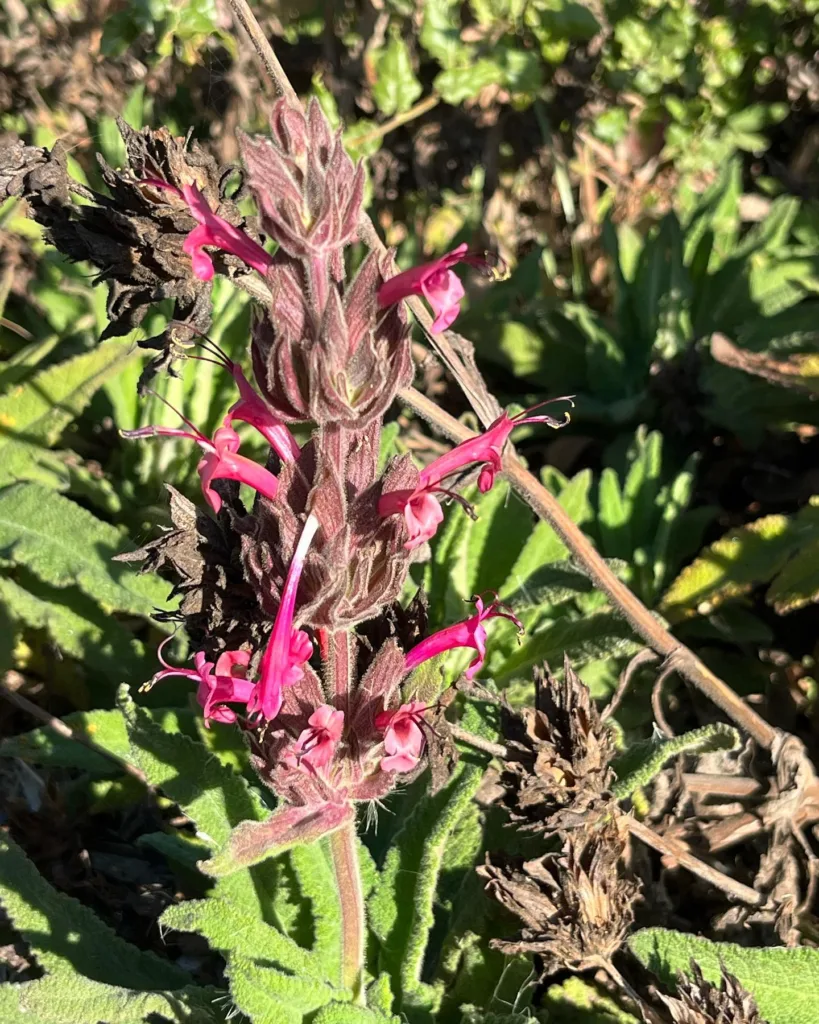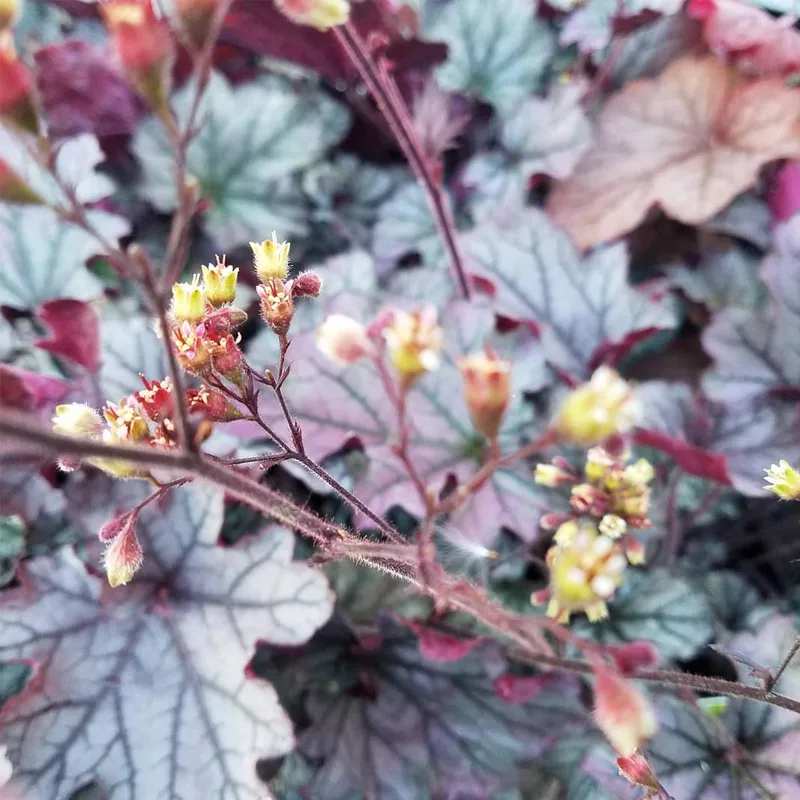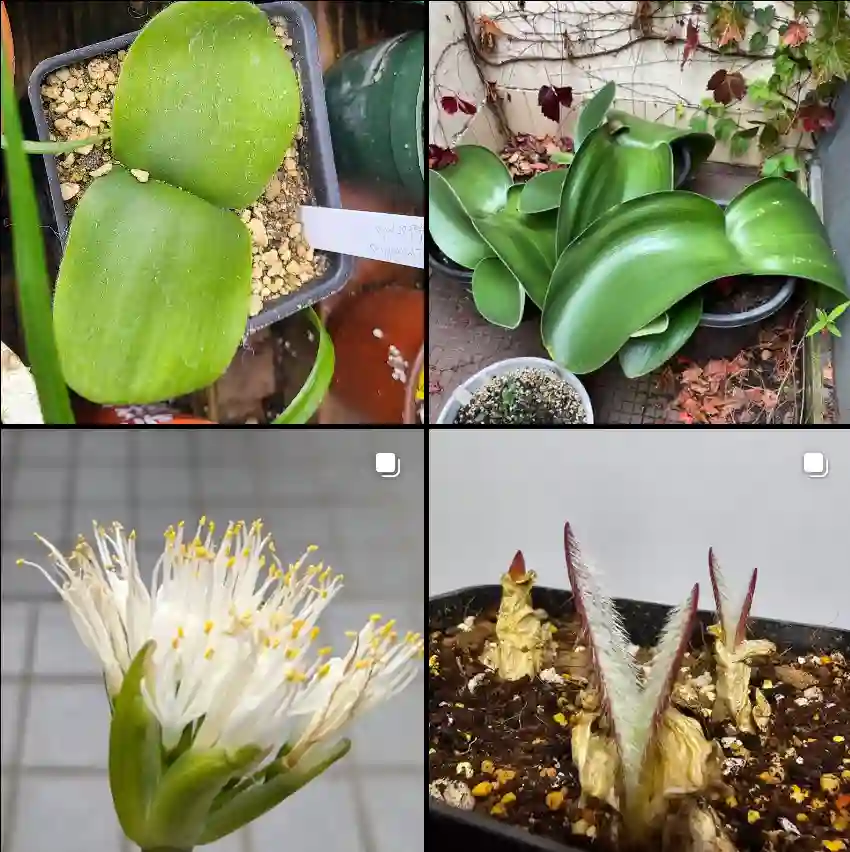What is Imperata Cylindrica?
Imperata Cylindrica, often known as Cogon Grass, is a species of flowering plant in the Poaceae family. Originating from tropical and subtropical regions, it is renowned for its distinctive appearance and adaptability. This grass is particularly noted for its striking red foliage in the cultivar “Red Baron,” which adds a unique splash of color to landscapes.
Plant Family: 822 Genera in Poaceae
Is Imperata Cylindrica Red Baron Invasive?
Yes, Imperata Cylindrica, particularly the “Red Baron” variety, is considered invasive in many areas. Its rapid growth and spreading habit can quickly outcompete native plants, leading to significant ecological imbalances. It forms dense mats that are challenging to control and can displace other vegetation. Due to its aggressive nature, it’s crucial to monitor and manage its growth carefully if it’s planted in non-native areas.
How to Grow Imperata Cylindrica Red Baron?
Growing Imperata Cylindrica Red Baron is relatively straightforward if you keep a few key factors in mind:
- Soil and Location: It thrives in well-drained soils and prefers full sun but can tolerate partial shade. Ensure the soil is rich and moist for optimal growth.
- Planting: Start by planting the grass in spring or early summer. Space plants about 12 to 18 inches apart to give them room to spread.
- Watering: Regular watering is essential, especially during dry periods. However, avoid waterlogging, as this can lead to root rot.
- Fertilizing: Apply a balanced fertilizer during the growing season to promote healthy growth and vibrant coloration.
Is Imperata Cylindrica Red Baron Aggressive?
Yes, Imperata Cylindrica Red Baron is known for its aggressive growth. It can rapidly spread and outcompete other plants, making it a challenge to manage in garden settings. If not properly contained, it may invade areas where you don’t want it, such as garden beds or lawns. Regular maintenance and containment strategies, such as using barriers or frequent trimming, can help manage its spread.
What is Imperata Cylindrica Root Extract?
Imperata Cylindrica root extract is derived from the plant’s roots and is used in various traditional and medicinal practices. It’s known for its potential health benefits, including its use in traditional medicine for its diuretic and anti-inflammatory properties. The extract can also be used in skincare products due to its purported benefits for skin health. However, it’s essential to use such extracts with caution and consult with a healthcare professional before starting any new treatment.
What Species Eat Imperata Cylindrica?
Various herbivores consume Imperata Cylindrica, including:
- Livestock: Some types of livestock, such as cattle and goats, may graze on it, though its high fiber content can sometimes make it less palatable.
- Wildlife: In some areas, native wildlife might also feed on it. However, its aggressive growth can sometimes be detrimental to local wildlife populations by displacing native plant species.
How to Care for Imperata Cylindrica?
Caring for Imperata Cylindrica involves regular maintenance:
- Pruning: Trim back the grass to control its spread and maintain its appearance. This also helps to prevent it from becoming too invasive.
- Weed Management: Keep an eye out for competing weeds and manage them promptly to ensure the grass doesn’t become too dominant.
- Pest Control: While generally hardy, monitor for pests and diseases that might affect its growth. Regular checks and appropriate treatments can help maintain plant health.
How to Propagate Imperata Cylindrica?
Propagation of Imperata Cylindrica can be done through seeds or division:
- Seeds: Sow seeds directly in the soil in a warm, sunny location. They typically germinate quickly and grow into mature plants within a few months.
- Division: Divide established clumps in early spring or fall. This method is effective for creating new plants and controlling the spread of existing ones.
What to Plant With Imperata Cylindrica?
When planting alongside Imperata Cylindrica, choose plants that can tolerate its aggressive nature or complement its appearance:
- Perennials: Low-growing perennials like sedums or creeping thyme can work well.
- Ground Covers: Consider using ground covers that can compete with or complement its growth, such as blue fescue or creeping juniper.
Can You Grow Imperata Cylindrica Indoors?
Growing Imperata Cylindrica indoors is challenging due to its size and light requirements. It prefers full sun and ample space, which can be difficult to provide indoors. If you do attempt to grow it inside, ensure it receives plenty of bright light and ample space to accommodate its growth.
Is Imperata Cylindrica Toxic?
Imperata Cylindrica is not considered toxic to humans or pets. However, its vigorous growth can be problematic in certain landscapes. Always handle it carefully to avoid unwanted spread.
Benefits of Imperata Cylindrica
Imperata Cylindrica offers several benefits:
- Aesthetic Appeal: The “Red Baron” variety provides vibrant color and visual interest in gardens.
- Erosion Control: Its dense growth can help with soil stabilization and erosion control.
Common Problems with Imperata Cylindrica
Some common issues include:
- Invasiveness: Its tendency to spread aggressively can be problematic in non-native areas.
- Maintenance: Requires regular maintenance to keep it from becoming too dominant.
Comparison with Similar Plants
Compared to other ornamental grasses like Miscanthus or Pennisetum, Imperata Cylindrica stands out for its unique red coloration but is also more aggressive. While Miscanthus can also be invasive, it generally has a less vigorous spreading habit compared to Imperata Cylindrica.
In summary, while Imperata Cylindrica can add striking beauty to a garden, its aggressive growth and invasive nature require careful management. By understanding its needs and potential issues, you can better decide if this plant is right for your space.
If i die, water my plants!



